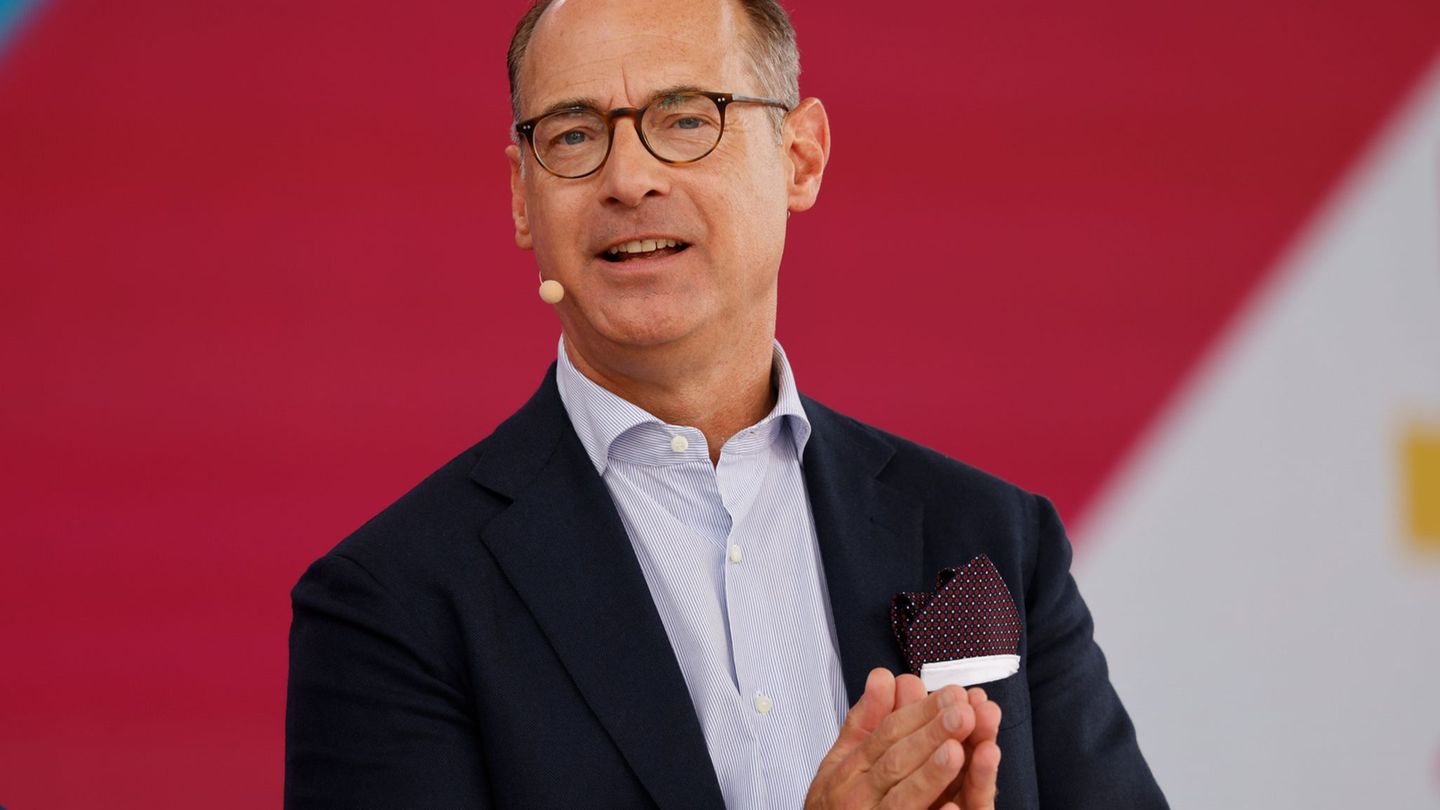The last Windows – this is how Windows 10 was presented by Microsoft on the big stage in 2015. Now the software giant has nevertheless unveiled a successor.
It was a clear announcement: If you buy Windows 10, you never have to buy a new version again, it will be the last Windows – Microsoft boss Satya Nadella and his team promised at the 2015 launch. Now a new system was presented anyway. Nevertheless, Microsoft does not have to blame itself for a broken promise.
Users don’t have to worry about such a radical break as the one that happened from Windows 7 to Windows 8: At its core, Windows 11 is clearly a further development of its predecessor; despite the new name, the new system could also be used as a very extensive update for Go through Windows 10. “It should feel familiar, it should feel safe, especially in these times,” explains Product Manager Panos Panay at the presentation. Microsoft has taken this to heart: Windows remains Windows, many changes are more in the details. One topic ran through the presentation again and again: The users should have as many options as possible to make their own choice of how the system works and looks for them.
Attention to detail
The most noticeable innovations can be found in the user interface. Windows 11 has a rounder design, many corners have been sanded off and thus appear softer. Microsoft has clearly oriented itself towards the planned but ultimately discontinued Windows 10x. This version, originally intended for devices with two touchscreens, simplified many menus in order to make them more usable on smaller screens. These changes can now also be found in Windows 11.
Most noticeable is the new start menu. Instead of unfolding from the left edge of the bar, it now becomes a pop-up window in the middle of the screen. If desired, it can also be moved back to its old location. The menu itself has also been revised. The live tiles of Windows 10 have given way to static symbols, but the content of the menu is more dynamic and now also shows programs, files and the like that were last used. Microsoft calls it a “cloud menu”.
Windows 11 replaces the fast information of the Livetiles with the return of the widgets: The weather and similar information can be called up quickly with little effort via a separate widget area that is transparently over the other display. Windows decides which widgets are displayed with the help of artificial intelligence and based on user habits or the time of day.
The taskbar has also been tidied up. In particular, the area in the clock now contains significantly fewer symbols; they only become visible after opening the small menu arrow. The search slot now not only searches the computer, but also the cloud storage Onedrive and the web. You can find an overview of the changes and the new look in this photo gallery.
More customizable than ever
One of the most important innovations is better multitasking. Microsoft is building on the clever snap-in windows and now allows you to define your own layouts in which they are displayed. You can also decide that certain window groups should always be opened together. Another feature that was planned for Windows 10x. The layouts are saved in the taskbar, from where they can be opened directly.
And: Windows finally gets the option known from Linux and Mac computers to create multiple desktops, each with its own window open. This means that you can quickly switch back and forth between different work environments. A welcome innovation, especially with the new snap mode.
There are also improvements in the tablet mode, it should now turn out to be more natural and allow a more “consistent” use, promises Microsoft. One of the biggest shortcomings of the current implementation is also taken into account: The icons and operating elements have grown a bit. The support of haptic feedback on pens and the new digital keyboard divided on both sides of the screen are intended to make operation more pleasant. This is urgently needed: Compared to dedicated tablet systems such as iPadOS, the Windows tablet mode still looked too much like a desktop system.
The system has also been heavily revised under the hood. Everything should run faster, Microsoft promises, even third-party browsers such as Google Chrome should be up to 40 percent faster. Microsoft has also readjusted the much-hated updates: They are now smaller, and should simply be installed in the background more often without requiring a restart.
Das Gaming-System
Gaming has also become increasingly important for Microsoft, and not just since the first Xbox. Now it is even more present in Windows 11. Windows now has the Xbox Gamepass built in directly as an app, so as a subscriber to the service you get all the games directly on your computer. This works with supported games even with PCs that are actually not suitable for it. Windows then streams them directly from the cloud. That was to be expected since the launch of Game Pass Ultimate in the fall.
The games also look more attractive. Auto-HDR will use all games that don’t support it. automatically extrapolated to HDR display and thus look even better. The technology was already introduced with the current Xbox generation and is now available on all Windows PCs.
Finally a better store
One of the most important innovations concerns the Windows Store. Since its introduction, Microsoft has struggled to get developers excited about their own program shop and to build an equivalent to the app store. At its Build developer fair, the group made it clear that it wanted to offer developers better opportunities to bring their programs to customers. “We will give more options to every developer and content provider,” said CEO Satya Nadella. To do this, the store must also become more attractive for customers. In the past, the Windows Store had a massive problem with fake programs that were discontinued by third-party developers.
One way to get there should be to allow all kinds of programs in the store. So far, browsers such as Google Chrome or Mozilla Firefox have been locked out. In addition, they want to lure the big names into the store with partnerships with Disney, Adobe and many other developers.
The fact that billing systems from third-party providers are now permitted should also play an important role. This allows Google to differentiate itself from Apple: The company is currently arguing with “Fortnite” developer Epic about whether the company has to pay commission for every purchase made in the game. By allowing developers like Epic to bypass the store’s billing, Microsoft makes the store much more attractive to them in one fell swoop. Panos Panay made this very clear once again: “You keep 100 percent of the income if you do that. We don’t take anything.”
There was still a surprise at the end: Windows now supports Android apps – natively in the system. For this purpose, users can use the Amazon app store. So the number of apps available has just risen significantly.
When will the new Windows come and what will it cost?
For testers, Windows 11 should appear in a first version from next week. It should then appear for customers at the end of the year, there is no exact date yet. And: The new system will be free for all Windows 10 users.
David William is a talented author who has made a name for himself in the world of writing. He is a professional author who writes on a wide range of topics, from general interest to opinion news. David is currently working as a writer at 24 hours worlds where he brings his unique perspective and in-depth research to his articles, making them both informative and engaging.




